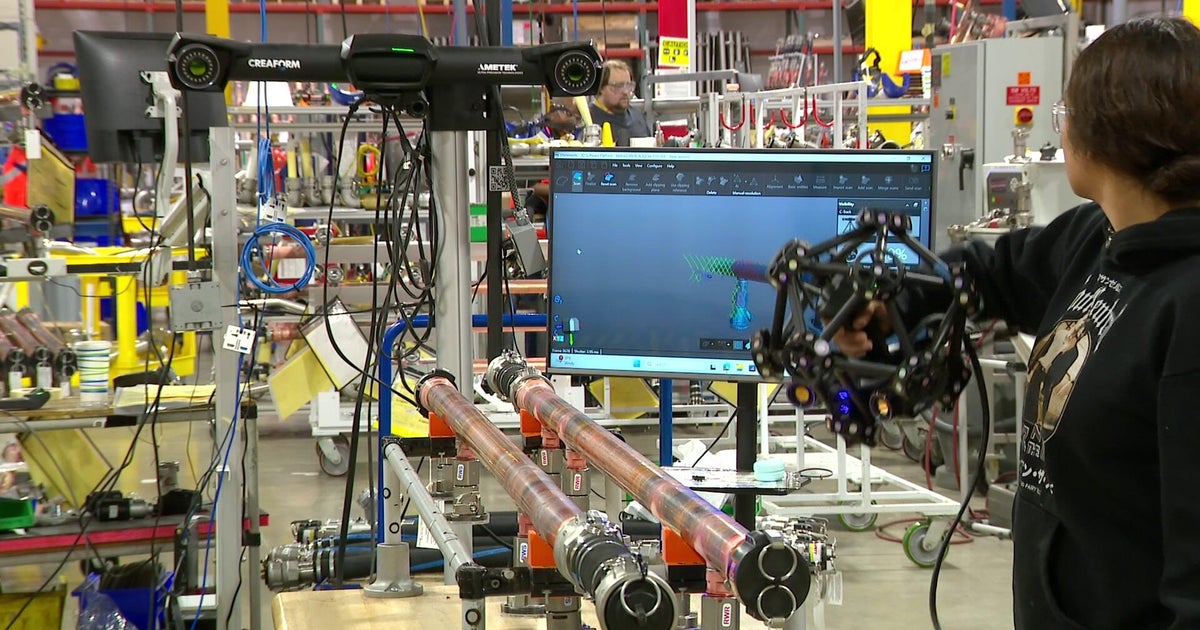How much of a down payment do you need for a house?
If you plan to buy a house, then you'll need money for a down payment – but exactly how much you're expected to put down is another question. That depends on the price range you're shopping in, the type of mortgage loan you're using and your monthly budget.
Here's how to accurately calculate your down payment (and no, 20% isn't required).
What mortgage lenders require
Every mortgage loan program has different down payment requirements, so your first step is to determine what type of loan you'll use to buy your house.
If you're ready to start the mortgage application process, it's also important to shop lenders to find the best term for you.
Your mortgage options will typically include:
- FHA loans: These require a 3.5% down payment if you have a 580 credit score or higher. If your score is between 500 and 579, you'll need a 10% down payment. You'll also owe a mortgage insurance premium upfront and will have one added to your monthly mortgage payment.
- Conventional loans: With these mortgages, you'll need at least 3% down. Most mortgage lenders will also require you to pay private mortgage insurance (PMI) each month if your down payment is lower than 20%.
- USDA loans: These loans actually require no down payment at all. You do need to buy your house in a designated rural area and fall under a certain income threshold, though.
- VA loans: Like USDA loans, these mortgages also have no down payment requirement. However, they're only available to veterans, military members and their spouses.
Not sure which loan option works for you? Use an online tool today to determine what makes the best financial sense for you.
Keep in mind: Knowing your loan program is only part of the equation. To accurately estimate your down payment, you'll also need a good idea of what price range you're shopping in. For example, if you're looking in the $350,000 range and plan to use an FHA loan, you could multiply $350,000 by 0.035 (3.5%) and know you'd need at least a $12,250 down payment.
Personal considerations
As you can see above, no mortgage loans outright require a 20% down payment. But putting down less does cost you.
On conventional loans, for example, putting down less than 20% would mean adding PMI costs to your monthly mortgage payment. According to Freddie Mac, these typically run between $30 and $70 per every $100,000 borrowed. So, on a $400,000 loan, that'd be an extra $120 to $280 per month.
You should also consider your monthly budget when determining what to put down. A smaller down payment will mean a larger monthly mortgage and it will cost you more in long-term interest.
Let's look at some examples. Say you're buying a $400,000 home using a 30-year conventional mortgage at a 5.5% interest rate. Here's how your payment and interest costs would look at different down payment levels:
DOWN PAYMENT AMOUNT | MONTHLY PAYMENT (PRINCIPAL & INTEREST) | LONG-TERM INTEREST COSTS |
3% ($12,000) | $2,203 | $405,087 |
5% ($20,000) | $2,157 | $396,735 |
10% ($40,000) | $2,044 | $375,854 |
20% ($80,000) | $1,816 | $334,092 |
Pros and cons of 20% down payments
Clearly, a large down payment is beneficial. It can give you a lower monthly payment, help you avoid mortgage insurance and reduce your total interest costs significantly.
But coming up with $80,000 (as in the table above) certainly isn't easy. It could even drain your savings. This would make things difficult if you had a sudden home repair or medical bill crop up. If you were to lose your job or another source of income, it could even make it hard to pay your mortgage, thus putting you at risk of foreclosure.
If you're not sure how much to put down for your home purchase, talk to a mortgage professional or financial advisor. They can run the numbers and help you determine what's best for your budget.
Shop around for lenders and rates
When conducting a home search don't forget to shop around for lenders and rates. You can potentially save thousands of dollars over the life of the loan by getting multiple quotes. You may also be eligible for down payment assistance options, particularly if you're a first-time homebuyer.
When doing your research, however, make sure you're doing a fair review. For example, if you get a rate for a 30-year term from one lender don't get a 15-year term from a second. Do an apples-to-apples comparison to ensure you're getting the best and lowest rate possible in the current economic environment.
It's easy to see what you can qualify for right now.






